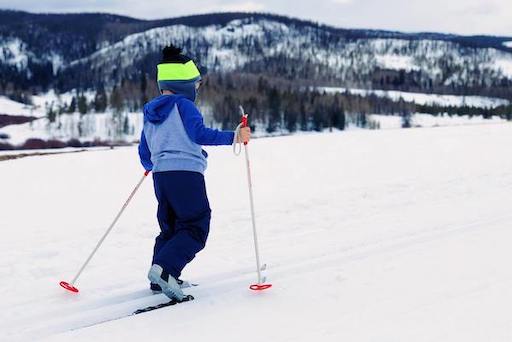Contributions by: Ashton Thornton, RN, BScN
Virginia Le RN, BScN
Living in Canada during the winter months means that we will all experience snow, cold, and extremely low temperatures at times. As adults, most of us are aware of the risks and how to protect ourselves. However, we need to ensure that we teach our children these risks and ensure that they are protected to prevent frostbite.
What is frostbite?
Frostbite is the freezing of the skin and the tissues below the skin. If someone is exposed to freezing temperatures for too long, the human skin can freeze – this happens quickly. Once a body part has had frostbite, it is more likely to get it again.
Body parts that are the most susceptible to frostbite are:
- Cheeks
- Ears
- Noses
- Fingers
- And toes
Symptoms of frostbite:
Your child’s skin will become red and swollen, and they may complain of a stinging/burning sensation.
If the skin isn’t quickly warmed, the tingling sensation will continue, and the skin will turn grey.
If the skin then freezes, your child will have no feeling in that area, and the skin will turn shiny and white.
How do I treat frostbite?
If your child comes inside from the outdoors and they are complaining of a tingling sensation, you should:
- Gently remove the clothes which are covering the body part in question.
- Put your child in some warm, dry clothes.
- Heat the area slowly by covering it with your own hand, and apply lukewarm (not hot) water to the body part.
- If your child’s skin looks waxy or white, they tell you it feels numb, seek medical attention immediately.
How do I prevent my child from getting frostbite?
- In extremely cold temperatures below -27°C, keep your children indoors as the skin can freeze at this temperature.
- In temperatures of -15°C, ensure they are only out for a short period of time.
- Don’t let your child play outside in the cold for prolonged periods. Encourage them to come inside intermittently so they can warm up.
Ensure children have dressed appropriately for the weather!
- Dress your children in multiple layers of clothing to ensure minimal skin exposure.
- Ensure your child is wearing a winter snowsuit as well as a hat that covers their ears. Most of our body heat is lost through our heads, which will help keep them warm.
- Use waterproof mittens instead of gloves in the winter. Mittens keep your child’s fingers bunched together, which helps them to maintain body heat.
- Provide your child with warm, waterproof boots. Ideally, buy them a size too big so your child can wear an extra pair of socks and still wriggle their toes!
If you are concerned that your child may have frostbite, or if you want expert pediatric advice on how to ensure your child stays safe during these cold winter months, join our Kix360° membership to talk to a member of our KixTeam today!



